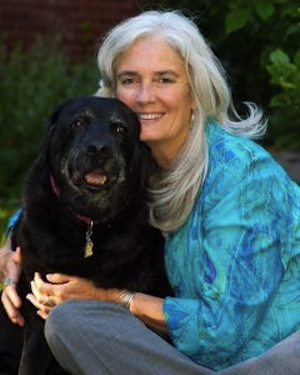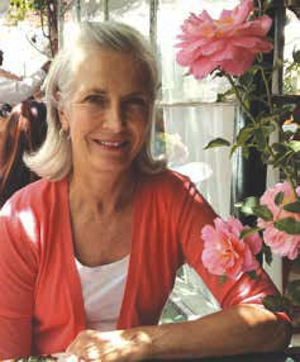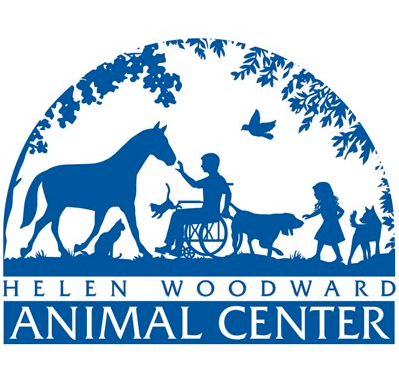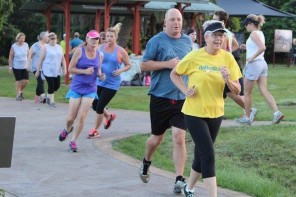We’ve all felt overwhelmed at some point in our lives, but for those on the front-line of animal rescue, compassion fatigue is a constant concern, writes Candida Baker.
Stephen Covey once said: “Effective people are problem-minded, they’re opportunity minded. They feed opportunities and starve problems.”
I’m sitting in the 2016 Business of Saving Lives conference in Sydney with Amanda Vella, the CEO of Save a Horse Australia, and we’re listening to Diane Blankenburg the CEO of the Humane Network in the US, and Julie Chippendale, also from the US, who runs a business specializing in stress management. They’re talking about a huge problem in the animal welfare industry – compassion fatigue.
“What happens to people,” explains Blankenburg, “is that they give and give and give and in the end they become overwhelmed with the hopelessness of trying to change the situation and they go into burn-out.”
The two delegates, who are talking to us via web-cam from the U.S put up a graph of compassion fatigue warning signs from the American Institute of Stress:
- Emotional exhaustion
- Reduced sense of personal accomplishment or meaning in work
- Mental exhaustion
- Decreased interactions with others (isolation)
- Depersonalization (symptoms disconnected from real causes)
- Physical exhaustion
The people giving and attending the conference are at the front-line of animal welfare – often having to euthanize animals who are suffering, rescue animals from appalling conditions, and care for them during rehabilitation. Worst of all – the euthanizing of perfectly healthy animals due to the overwhelming amount of over-breeding and over-supply.
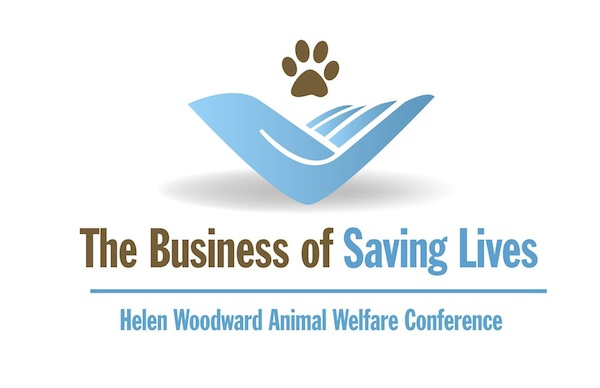
Helen Woodward Animal Centre, Alley Cat Allies and Maggie’s Rescue presented the 2016 Business of Saving Lives Animal Welfare Conference in Sdyney.
I’m at the conference for two reasons – I’m attending with Amanda because I’m writing her biography, but also I’ve personally rescued at least ten horses and although my commitment has been to rescue one-by-one, I’m interested in the concept of compassion fatigue not just in terms of animal rescue but in the wider sense and how it affects so many people without us even realizing it.
Take, for instance, our fight of flight response. “This is a completely healthy response in the right circumstances,” says Blankenburg, “our blood rushes from our organs to our brain, we become incredibly clear-thinking, and able to process a lot of information fast, but if we are put into stressful situations over and over again we become frozen in flight mode. Gradually what happens is that we are unable to re-connect.”
It’s occurring to me – and I’m sure to others in the audience – that not only have I been in this situation myself but I’ve also witnessed others in different work places in this highly-reactive, isolated state.
Chippendale goes on to explain that there are three main stressors that can trigger compassion fatigue, or worse post traumatic stress syndrome: Acute physical stress, such as illness or injury, chronic physical stress such as disease, and the psychological and social stressors such as work, relationships and our own thoughts. Of the three, this last category is the hardest to manage due, in part, to the invisibility of the stress, and at the same time it, in itself, can trigger physical illness.
It’s imperative, say both Chippendale and Blankenburg that first and foremost the cycle of negative thinking is broken.
But how?
Apparently the common denominator in people who have reached crunch-time in terms of compassion fatigue or PTSS, is low-self esteem, and I’m suddenly reminded of M. Scott Peck’s work in The Road Less Travelled. Peck talks about how, when working for the airforce as a psychiatrist, he was surprised by the results of a questionnaire that was given to the top airforce personnel. One of the questions asked them who, in their opinion, was the most important person in the world. Without exception the officers answered ‘me’. Peck was initially surprised, but on analysis he determined that what they officers were saying was that if they did not look after themselves, then they were not capable of looking after other people.
One young girl running a cat rescue in Melbourne offers that she can see she’s suffering compassion fatigue – that the endless round of rescuing without anything changing is getting to her. When Chippendale and Blankenburg question her it becomes obvious that her self-care levels are low – she can see it clearly.
The human brain, we go on to learn, is the most complex organism on the planet, but the mind is the most powerful. It will lock us into a negative thought pattern if we let it, and yet, at the same time if we can find the key it will be its own cure, and allow us to move into what is referred to as ‘mindfulness.’
Reaction, we learn, can be equated with:
Disregulation
Maladaptive coping
Breakdown
Response, on the other hand can be equated with:
Body awareness
Context awareness
Faster equilibrium
Perhaps, most importantly of all, is what the lecturers are telling us will allow all of these important animal rescue leaders to cope with not just their stress, but their volunteers stress, and that is what they describe as ‘moment to moment non-judgmental awareness cultivated by paying attention’.
Rome wasn’t built in a day. Clawing back from extreme stress takes courage and strength, but as Blankenburg points out those on the front line of animal rescue (or indeed any form of rescue work) are needed, and not only that, but they need to know how to take care of their volunteers.
It all comes in a package – exercise, for instance, allows endorphins to release and for both sides of the brain to re-balance; meditation lowers heart-rate and blood-pressure, and allows space for thoughts and emotions to flow through the body and mind rather than staying stuck in the frozen stress response.
“People often say when they are first trying to cope with changing the way their brain works that they are unable to do it,” says Chippendale, “but what we know is that if you can think of your mind as a muscle, and if you can strengthen that muscle so that kindness overcome self-judgement, common humanity and connection overcomes isolation and mindfulness overcomes over-identification then you are on your way to being someone who can be effective in their job at all times, no matter what the stress.”
The more you practice they say, the more resilience, compassion, centredness and connection becomes the default, and the more resilience we have, the more we know what to do in any circumstance. The possibilities become endless, and out of endless possibilities come solutions to problems.
It may be that we are at a conference on how to rescue animals, but it occurs to me that what we are all learning is how to rescue ourselves. It’s no small ambition to become the most resilient, the most responsive person it’s possible to be, but I’m up for trying at least.
For more information on The Business of Saving Lives go to:
The Helen Woodward Animal Centre: https://www.animalcenter.org/
Alley Cat Allies: https://www.alleycat.org/
Maggie’s Rescue: https://www.maggiesrescue.org/
For more information on Diane Blankenburg go to: https://humanenetwork.org/ and for more information on Julie Chippendale go to: https://www.yogamandiram.com/julie-chippendale


